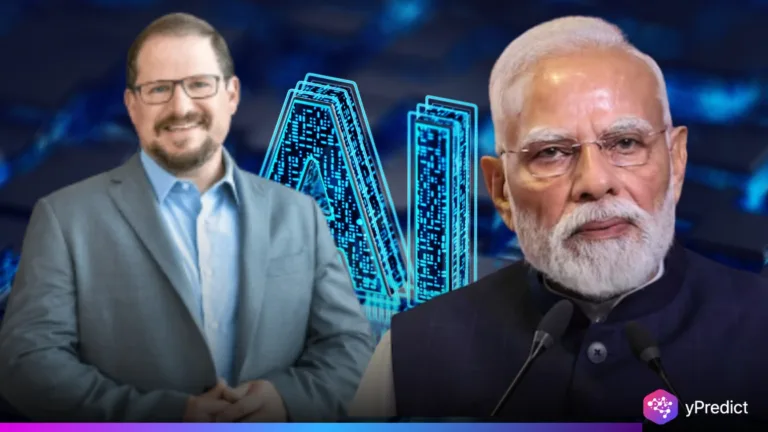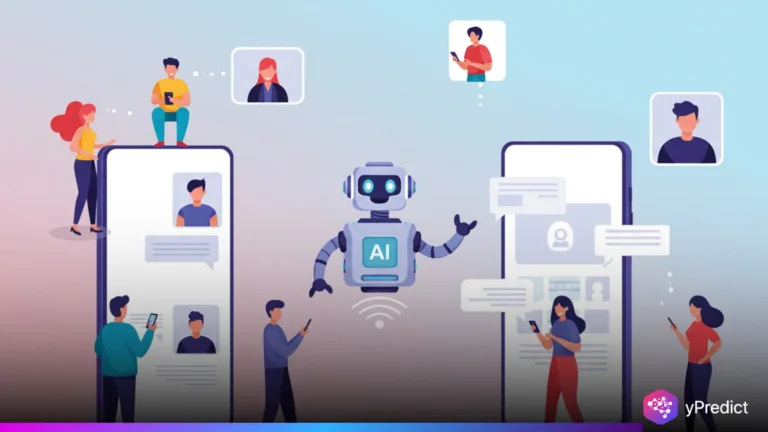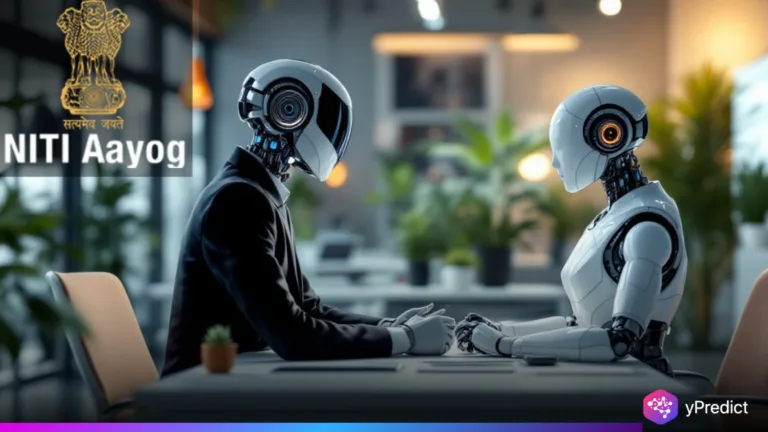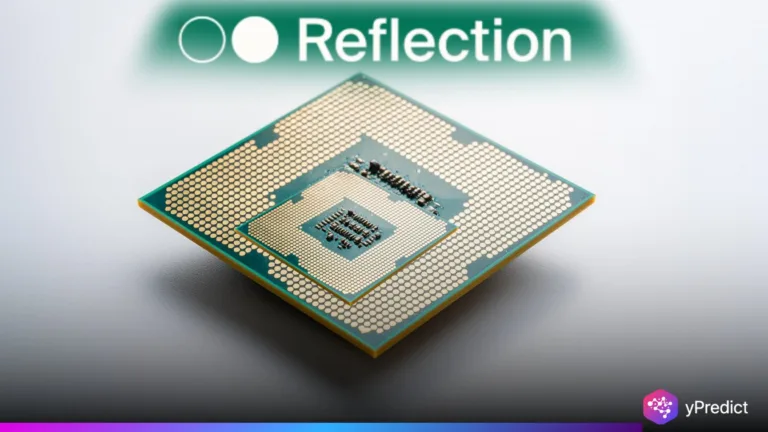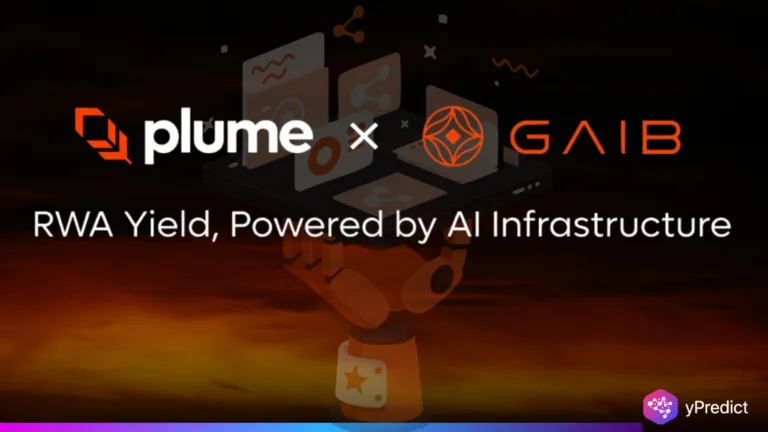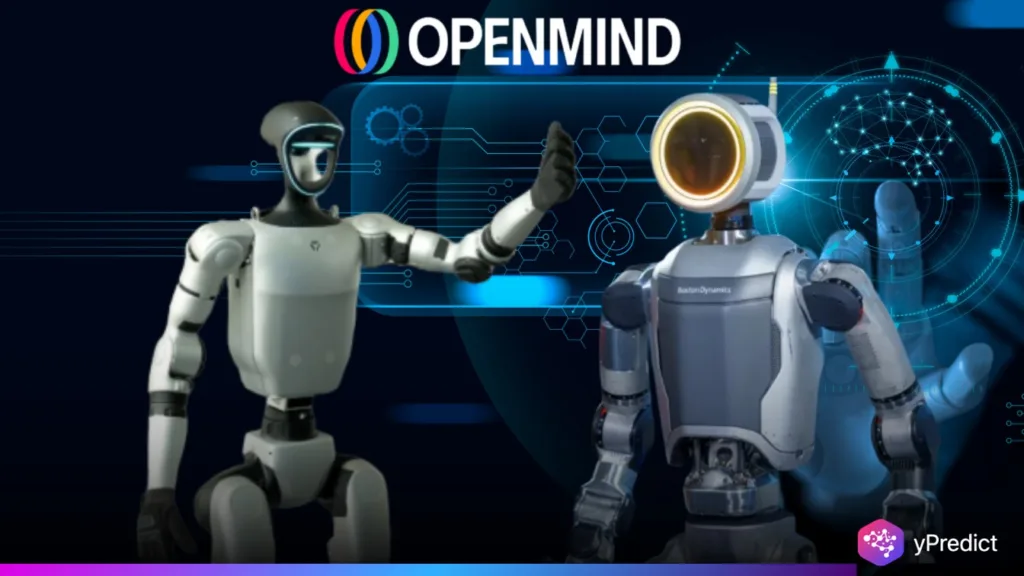
Creating safe and intelligent machines which to put into practice. At the launch of OpenMind, we saw the rollout of OM1, which is the open source platform, and FABRIC, which is a network element connecting robots across the world. Together, these elements present a system in which machines learn, adapt, and secure communication. It is a look into how AI and robotics will soon transform the global economy.
OpenMind and the Growth of Decentralized Robotics.
Open Mind has robots that think and act on their own, but safely. Our OM1 operating system allows machines to perceive their environment and make quick decisions. Also, we have FABRIC, which takes care of identity and communication. We put robots in a digital community in a shared world.
At the conference, presenters showed off robots that navigated complex environments and interacted through FABRIC’s network. No single point of control. Rather, what we saw was smart agents’ mutual coordination. It’s the same as what is behind decentralized finance, but applied to machines. Each robot had an ID, a set of rules, and access to shared intelligence.
This model we see to have the ability to reduce what is spent by factories, hospitals, and cities. Picture this: in a hospital setting, robots that are sharing real-time info or delivery bots that are rerouting to avoid traffic. That’s the promise. Also, because OpenMind is of an open source nature, which means any from the startup to the academic world may put their input in and improve the system.
Openness is the key. While closed systems may do better in terms of speed, open systems win out in terms of trust and longevity.
The Machine Economy: Participation Over Control.
The machine economy is not about the machines only. It is about what humans, AI, and code are doing in tandem. At the forum, it was shown that this mix is changing jobs, supply chains, and also public policy. Governments are very much in the picture. What if robots started to generate income or use tokens to pay for energy or parts? Who would regulate that?
OpenMind’s answer: Transparency is at the core of our FABRIC, which logs all machine actions on the chain. This is accountability without a central authority. It is a simple concept with huge results.
Experts at Oxford Economics supported this vision. They report that robotics will increase productivity but also see large-scale job displacement. To that, we must put in effort for retraining and education. Also, some put forth on-chain credentialing as a solution, which will allow individuals to prove out their new skills in an instant.
At the event, we also saw XMAQUINA’s Decentralized Physical AI (DePAI) models. These human-like prototypes worked with OM1 to test real-world coordination. We saw two machines pass off tasks via FABRIC, which was a look into the next internet, not of people but of intelligent things. OpenMind’s approach displayed that the future will be decentralized. It will be shared, verified, and collaborative built on open code and collective learning.
Conclusion
The Singapore forum showed one truth: The future of robotics is in how we work together. At OpenMind, we aren’t developing a single product. We are creating a community where machines and humans learn from each other. Decentralized AI may be a complex concept, but really, it is about trust, enabling systems to communicate without which one entity takes power. From robot identity to machine payments, we are at the beginning of it all.

